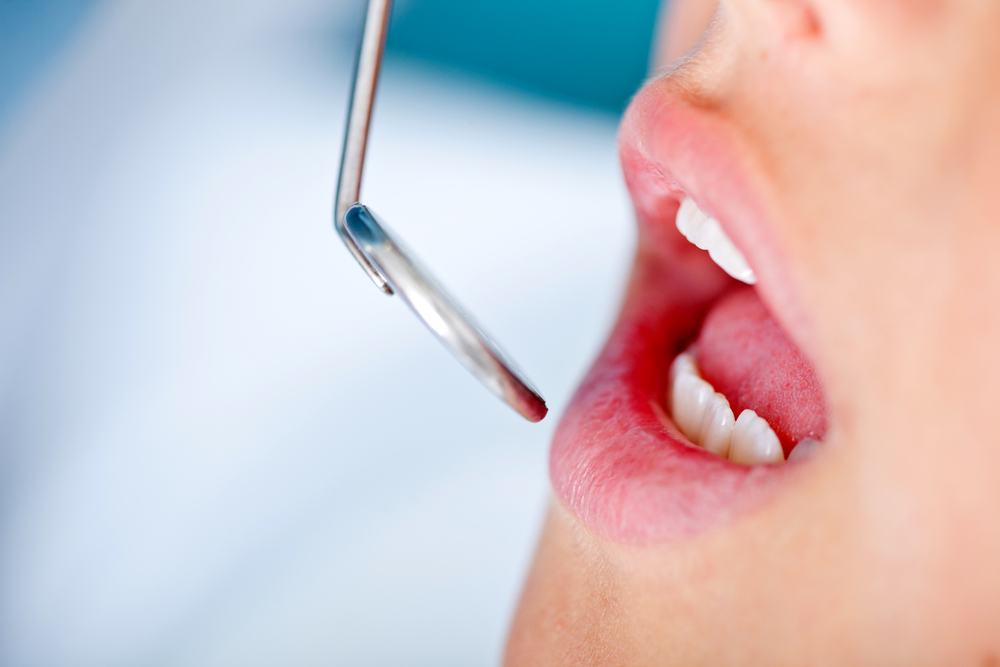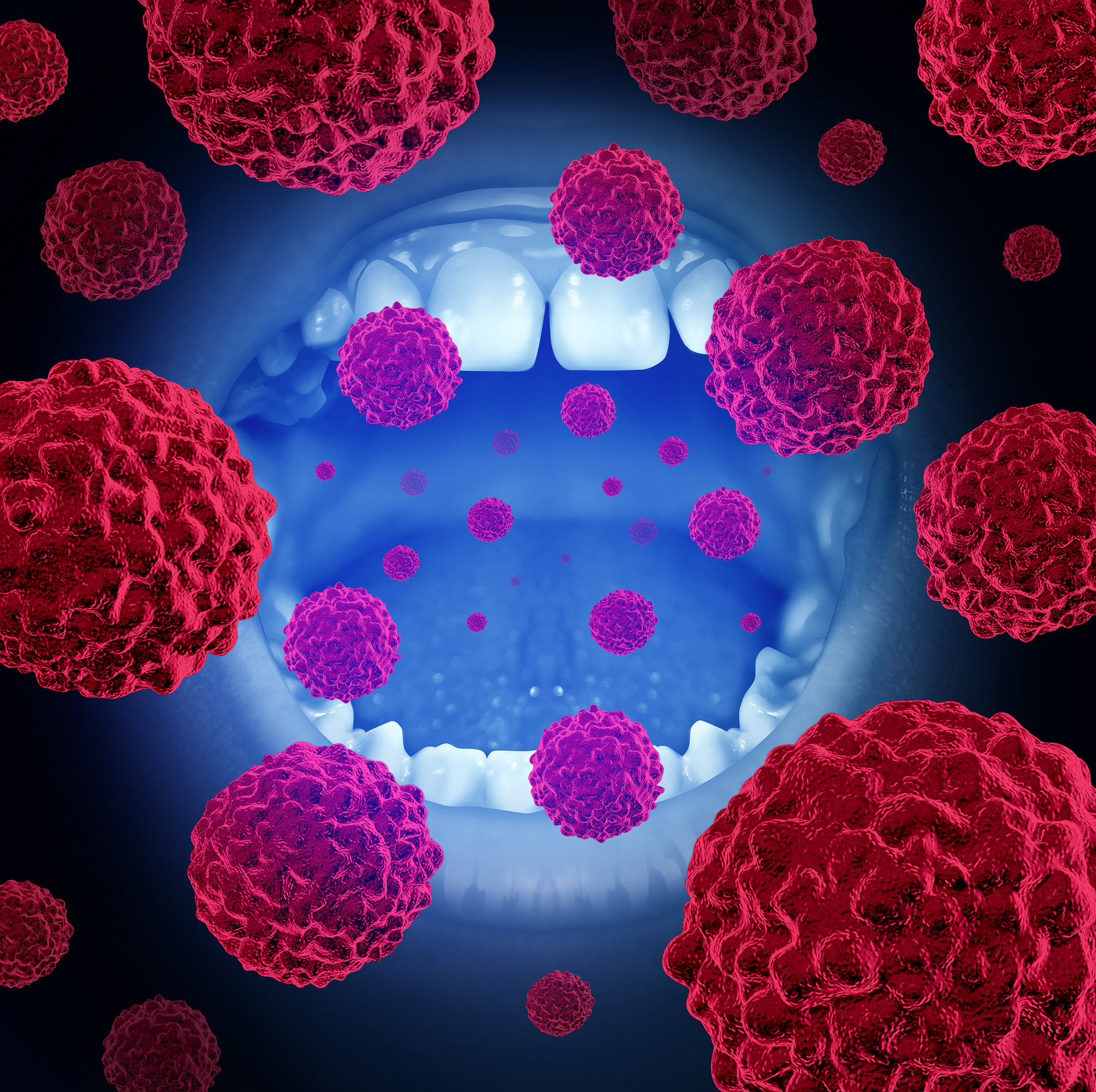Leukoplakia, an often harmless condition that causes white patches to form inside the mouth, should be taken seriously due to its potential association with abnormal cell changes, and in rare cases, oral cancer.
“Leukoplakia is different from other causes of white patches such as thrush or lichen planus because it can eventually develop into oral cancer. Within 15 years, about 3 percent to 17.5 percent of people with leukoplakia will develop squamous cell carcinoma, a common type of skin cancer,” explains the Cleveland Clinic.
The condition affects the mucous membranes in the mouth, causing white or gray patches to develop on the tongue, gums, inner cheeks, or the floor of the mouth.
The Different Types of Leukoplakia
These patches associated with leukoplakia are caused by the excessive growth of cells, leading to thickened and keratinized areas of the mucous membranes.
There are two main types of leukoplakia:
- Homogeneous Leukoplakia:
o Appearance: Homogeneous leukoplakia presents a smooth and even white or gray patch on the mucosa. The surface is generally flat and uniform.
o Prevalence: This type of leukoplakia is the most common form, often associated with chronic irritation or habits such as smoking or tobacco use.
o Risk Factors: Tobacco use, including smoking cigarettes, cigars, or pipes, as well as chewing tobacco or using snuff, is the primary risk factor for developing homogeneous leukoplakia.
- Non-Homogeneous Leukoplakia:
o Appearance: Non-homogeneous leukoplakia exhibits a raised, rough, or nodular surface, which distinguishes it from the smooth and flat appearance of homogeneous leukoplakia.
o Prevalence: Non-homogeneous leukoplakia is less common than its homogeneous counterpart.
o Risk Factors: While tobacco use is a common risk factor for non-homogeneous leukoplakia, other factors such as alcohol consumption and human papillomavirus (HPV) infection may also play a role.
The Cleveland Clinic says that non-homogenous leukoplakia is seven times more likely to become cancerous than the homogenous type.
In addition to these two main types, there are a few other rare forms of leukoplakia:
- Proliferative Verrucous Leukoplakia (PVL):
o PVL is a less common and more aggressive form of leukoplakia.
o Characteristics: PVL is characterized by multiple patches with a verrucous (wart-like) appearance that tends to spread and recur despite treatment.
o Risk Factors: PVL is often associated with long-term tobacco and alcohol use, as well as infection with high-risk HPV strains.
- Oral Hairy Leukoplakia:
o Oral hairy leukoplakia (OHL) is a specific type of leukoplakia that is primarily associated with a viral infection, specifically the Epstein-Barr virus (EBV).
o Appearance: OHL typically appears as white, corrugated, or ridged patches on the sides of the tongue.
o Risk Factors: OHL is commonly seen in individuals with weakened immune systems, such as those with HIV/AIDS, and may serve as an indicator of the disease's progression.
Causes and Risk Factors of Leukoplakia
While some cases of leukoplakia have no known cause, the condition is often associated with:
Tobacco Use: The primary risk factor for developing leukoplakia is tobacco use, including smoking cigarettes, cigars, or pipes, as well as chewing tobacco or using snuff.
Chewing Areca Nut: Also known as the betel nut, which grows in the tropics.
Alcohol Consumption: Heavy alcohol consumption, especially when combined with tobacco use, increases the risk of developing leukoplakia.
Chronic Irritation: Repeated trauma or irritation to the oral mucosa, such as from rough teeth, ill-fitting dentures, or dental appliances, can lead to leukoplakia.
Human Papillomavirus (HPV) Infection: Certain strains of HPV have been associated with leukoplakia, particularly in younger individuals.
Weakened Immune System: Individuals with weakened immune systems, such as those with HIV/AIDS or who have undergone organ transplantation, are at a higher risk of developing leukoplakia.
The Cleveland Clinic says that most cases of leukoplakia occur in men who are between the ages of 50 and 70 with fewer than 1 percent of patients under the age of 30.
Symptoms and Diagnosis of Leukoplakia
The main symptom of leukoplakia will be the appearance of one or more white patches on the surface of the tongue, underneath the tongue, or on the inside of the cheeks.
No pain or other symptoms will normally be present. Your dentist or oral surgeon will look for the following:
- White or Gray Patches: Leukoplakia is characterized by the presence of white or gray patches on the oral mucosa, which may be flat or raised.
- Texture and Appearance: The patches may be smooth, rough, thickened, or have a nodular surface.
- Persistent Patches: The patches caused by leukoplakia typically do not go away on their own and may gradually increase in size over time.
To confirm a diagnosis of leukoplakia, your oral surgeon may perform a thorough examination of your mouth and may recommend a biopsy to rule out any precancerous or cancerous changes.
The Cleveland Clinic says that strong indicators of leukoplakia transforming to cancer include the appearance:
- Nodules.
- White or red masses with a pebbled appearance.
- Ulceration.
- Increased firmness.
- Bleeding.
Treatment of Leukoplakia
The Cleveland Clinic says that treatment for leukoplakia can be a challenge and that results are often mixed as a fair number of lesions will return after removal. The primary goal of treatment is to prevent the condition from becoming cancerous.
Here are the courses of action that may be taken:
- Removal of Irritants: If leukoplakia is caused by chronic irritation or trauma, such as sharp teeth or poorly fitting dental appliances, addressing these factors may be sufficient to resolve the condition.
- Monitoring and Follow-Up: In some cases, your oral surgeon may choose to monitor the leukoplakia patches closely and recommend regular follow-up appointments to assess any changes.
- Biopsy and Surgical Intervention: If the patches show signs of dysplasia (abnormal cell changes) or if cancer is suspected, your oral surgeon may recommend a biopsy to obtain a tissue sample for further analysis. Surgical removal of the patches may be necessary in such cases.
- Tobacco and Alcohol Cessation: Quitting tobacco use and reducing alcohol consumption are crucial steps in managing and preventing leukoplakia. Your oral surgeon can provide guidance and resources.







